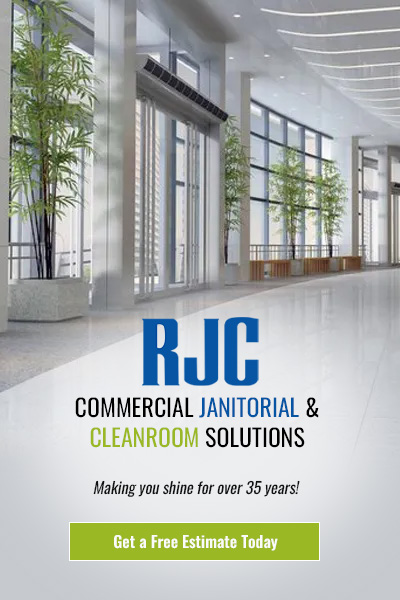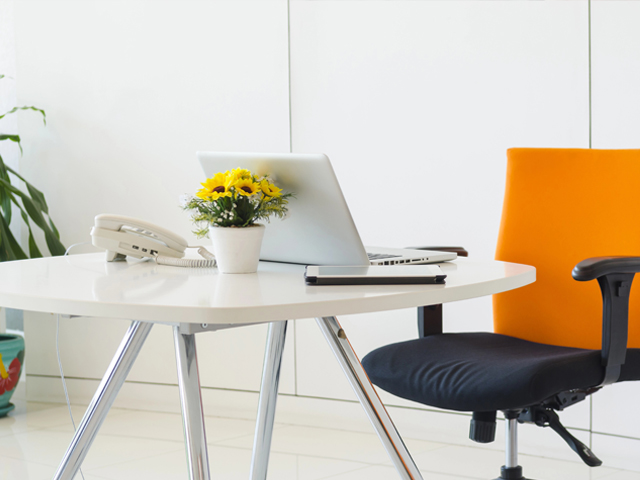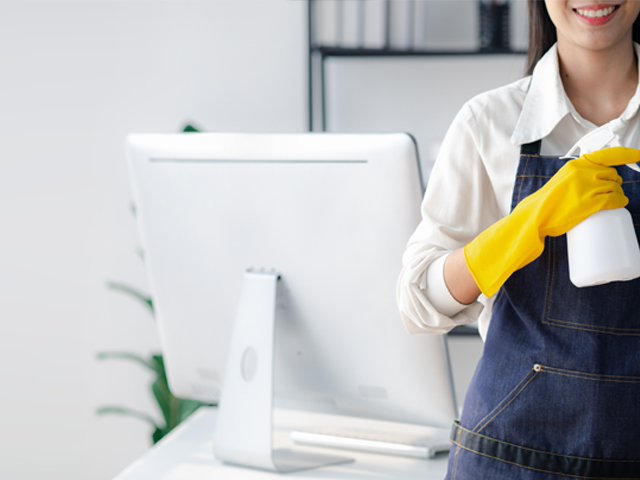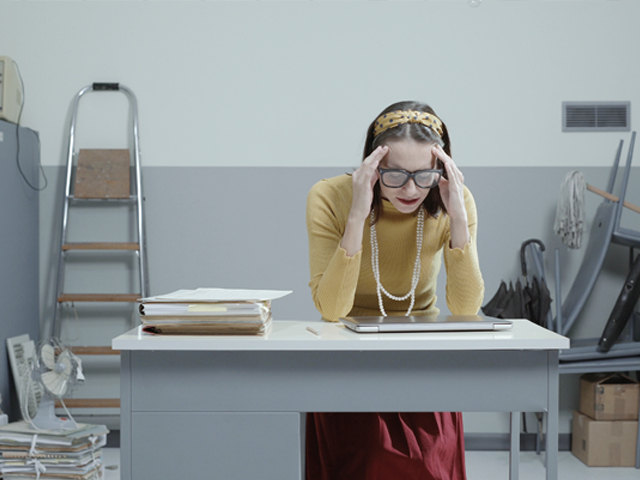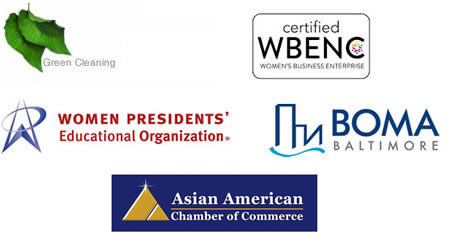Among the wonderful, challenging, joyful elements of life, a few of them are part and parcel to the journey. Aging, taxes, giving a speech in English class, and you’ll probably stub your toe at some point. Another unavoidable event is contact with a healthcare provider. Even people in top physical condition who rarely visit a doctor still need dental checkups, and hospital visits to see friends or family are inevitable.
If you are attending a medical appointment of your own or accompanying someone else, you expect the facility to be sparkling clean. Controlling the spread of infectious disease and serious viruses is critical in many public places. This includes offices, schools, and fitness centers; however, it is most important for hospitals, clinics, and other healthcare locations. Consider that patients of or visitors to these places are inherently vulnerable to the spread of infections and to that end, an effective healthcare setting cleaning program must be included. Waiting rooms, for example, are among the most “dangerous” for contracting a virus. Hallways, reception areas, and specific facility wards are also risky.
Aesthetics are important as well. A clean environment is welcoming and nurtures feelings of wellbeing and trust among patients. Many of whom are anxious about being there in the first place. In some cases, their anxiousness is understandable due to the potential for healthcare-associated infections (HCAIs), which are infections developing from surgical treatment or contact in a healthcare facility.
Environmental hygiene includes surface cleaning, decontaminating medical equipment, and safe handling of sharps, blood spills, and waste. Let’s look closer at these hygiene practices:
Environmental surface cleaning
The ultimate goal of thorough healthcare setting cleaning is reduction of the population of infectious viruses or allergens. They may be lingering on surfaces in a facility or room, thus minimizing the risk of transferring them to other people or places.
Surface cleaning entails physically removing foreign matter such as dust, blood, secretions, and micro-organisms using water and detergent.
Healthcare Setting Cleaning standards
Nearly every healthcare facility, especially those managed by state or regional laws, has a detailed healthcare setting cleaning program in place with standards regarding infectious disease transmission; cleaning equipment, chemicals, and techniques; regular schedule; and an audit system.
Decontaminating medical equipment and devices
Equipment used in patient care must be addressed in a way that prevents exposure to skin and scent, contamination of clothing, and potential spread of infectious agents to others and the surrounding environment. Sharing devices including infusion pumps, blood pressure cuffs, and toilets always must be decontaminated prior to use with another patient. National and local guidelines should be adhered to from start to finish.
Managing spills
Spills of any kind must be removed immediately and the area then cleaned and thoroughly disinfected. Some smaller spills can be wiped and cleaned with towels and detergent. While larger spills or those containing blood or other body fluids should be adequately contained and cleaned with a chlorine-based solution. Personnel conducting the cleaning must wear protective clothing and gloves.
Safe waste handling
All waste disposal must follow applicable standards to minimize risk. Medical waste included sharps, human tissue, and lab specimens among others.
Contact RJC Commercial Janitorial and Cleanroom Solutions today to help you with your healthcare setting cleaning project. Call 800-582-2105 or contact us online.




